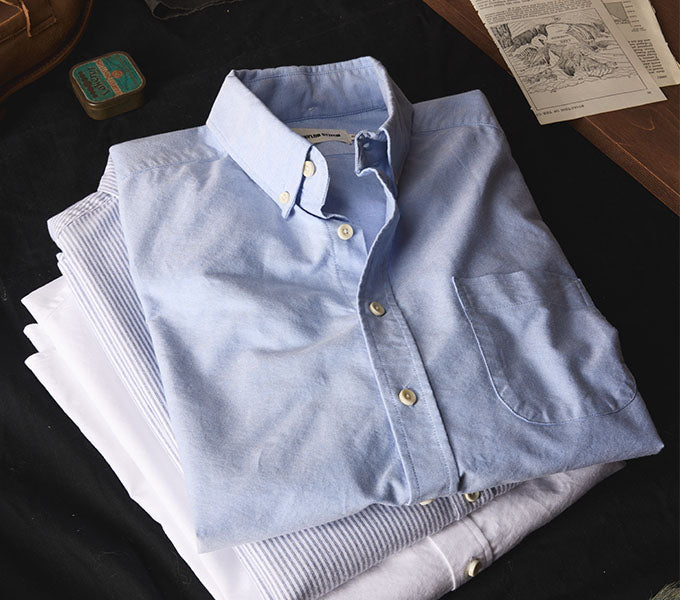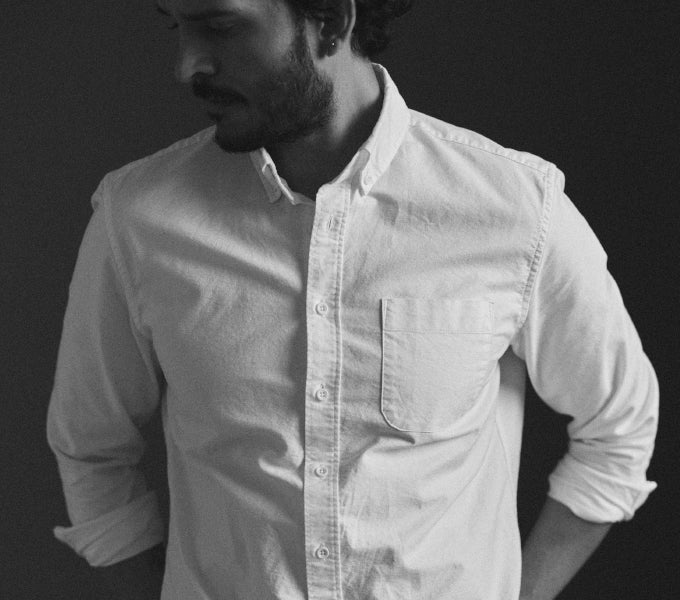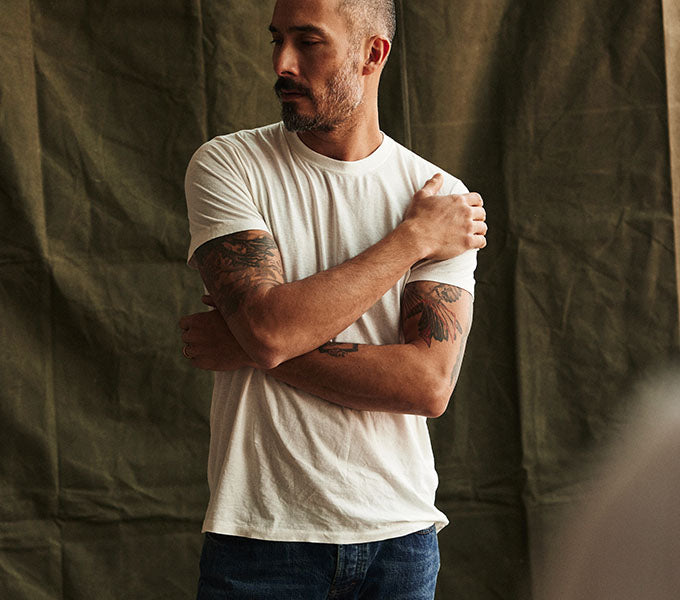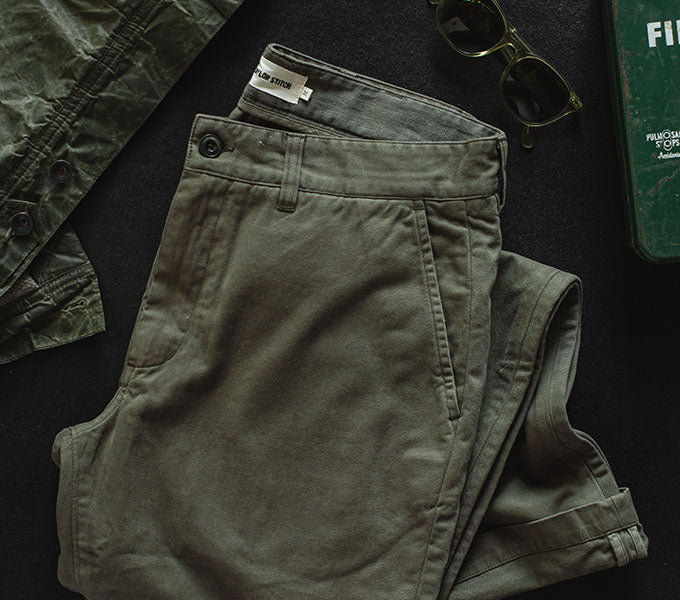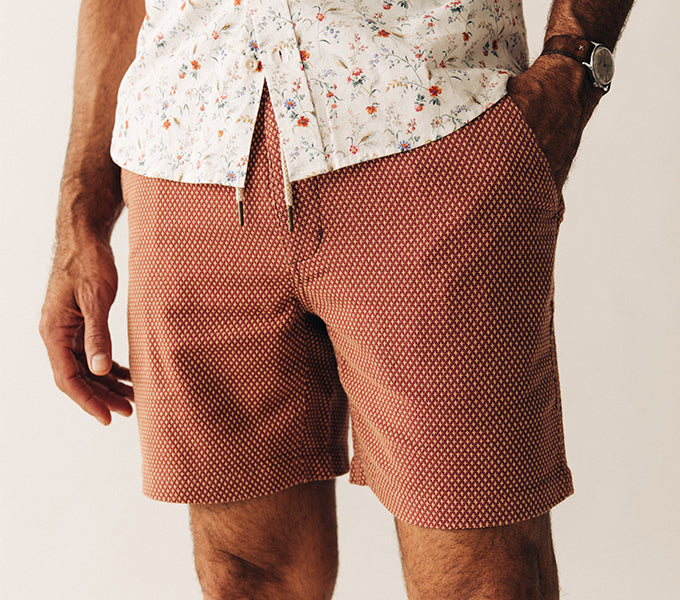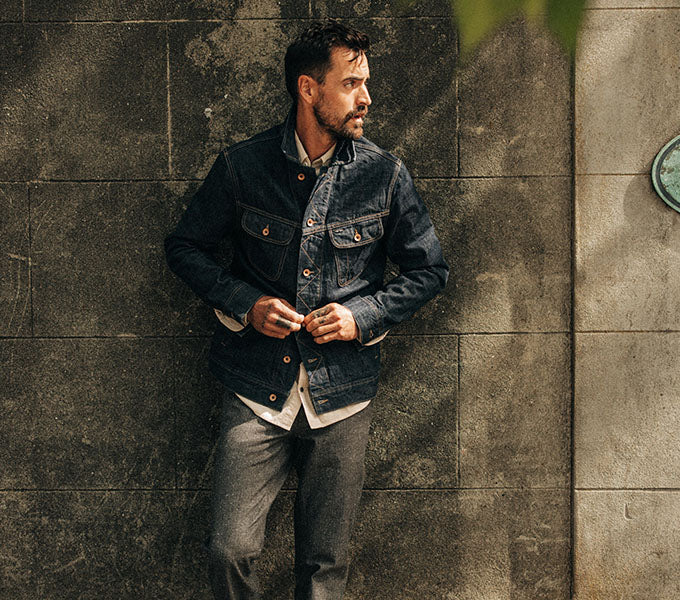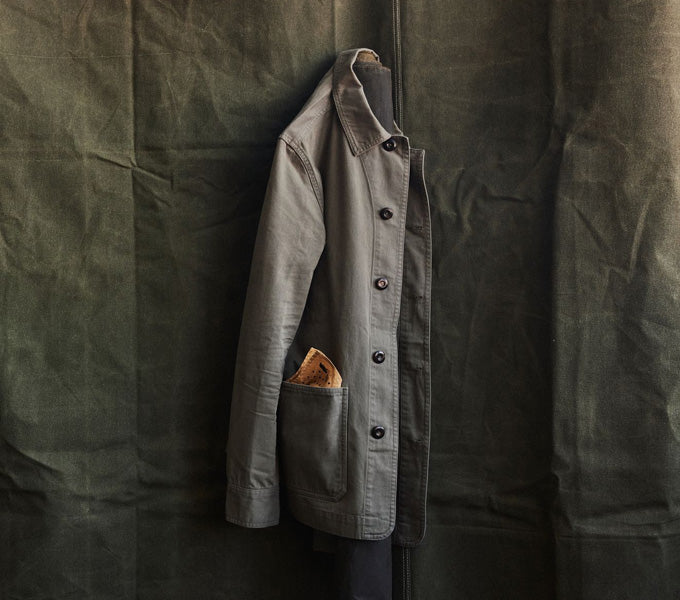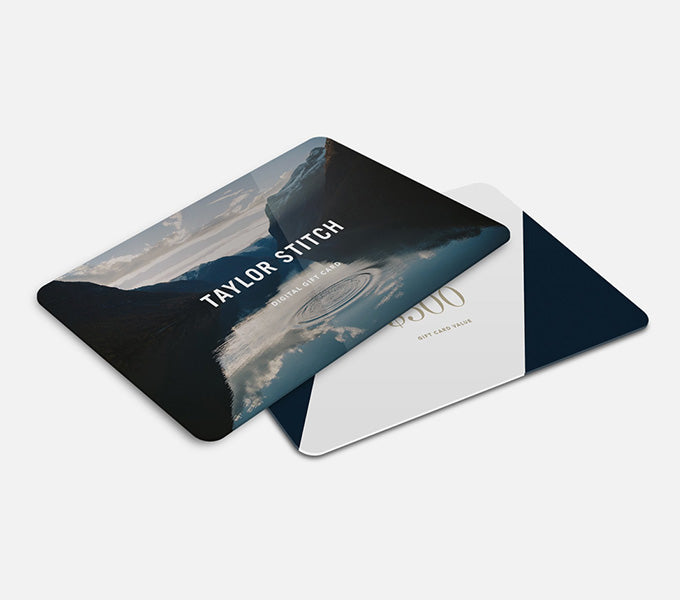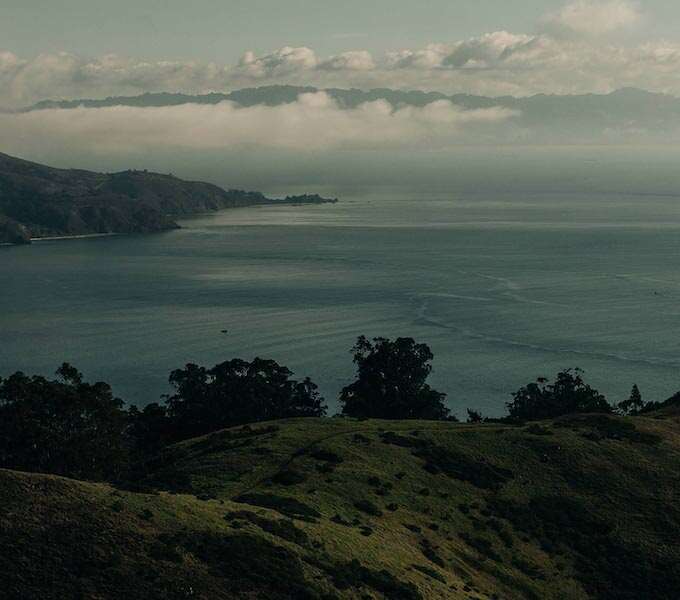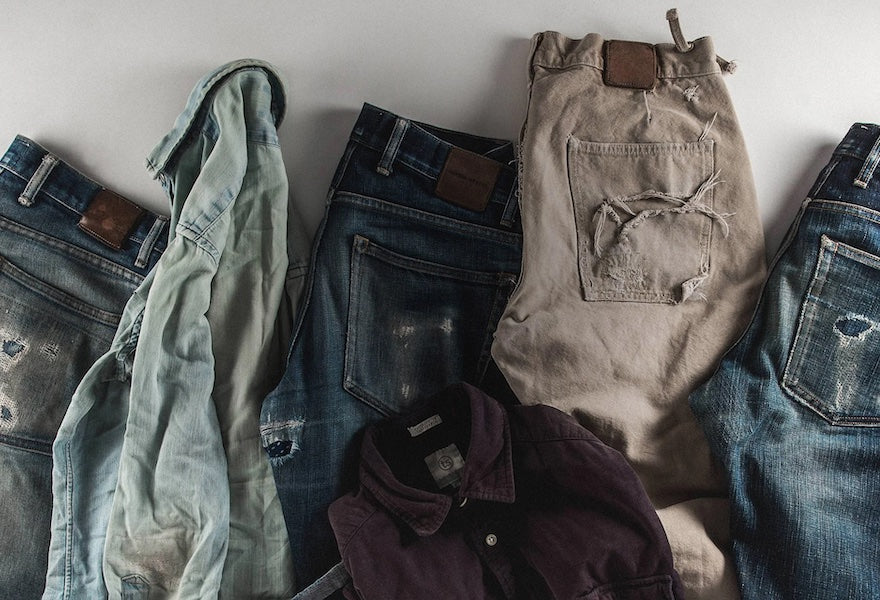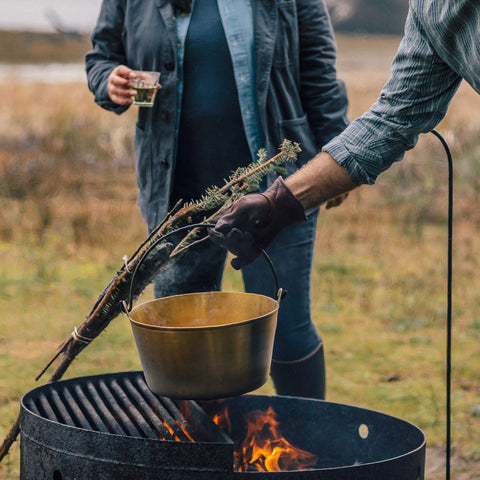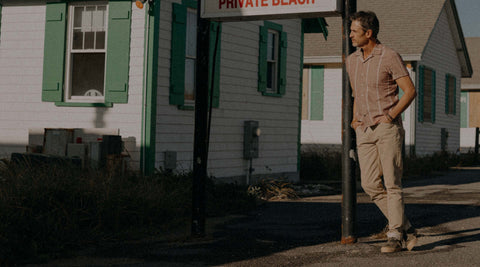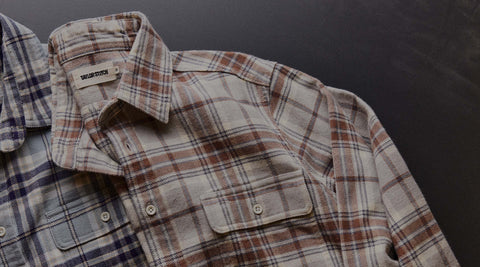A Talk With Tournant
Food, Fire, Nature, and Togetherness—Those are the values of our friends Jaret & Mona Foster, the incredible husband and wife creative force behind Portland based Tournant. Having both earned their culinary stripes in commercial kitchens throughout the US, the two eventually found each other while coincidentally working the Portland Farmers Market and have been feeding their shared community-centered culinary passions together ever since.
At the core of Tournant is the idea of connectedness—connection to our natural environment, connection to the seasons, connection to our sense of place and purpose, connection with each other. Through the meals they create, Mona and Jaret utilize the natural resources that are rich in bounty and locally available wherever possible, making the most of the season's offerings. Layering in their traditional outdoor, open fire pit techniques, the result is a meal that is truly from the farm to the fire—linking us back to the natural environment.
The very name “Tournant” represents a “turning point” which is what they set out to do with their traditional, yet special approach to creating these extraordinary dining experiences.
We’ve been fans of what Jaret and Mona have been building with Tournant for some time and are glad to have been able to catch up with them over an open fire recently as they crafted up a special dish for the occasion. Follow along below to learn for yourself—
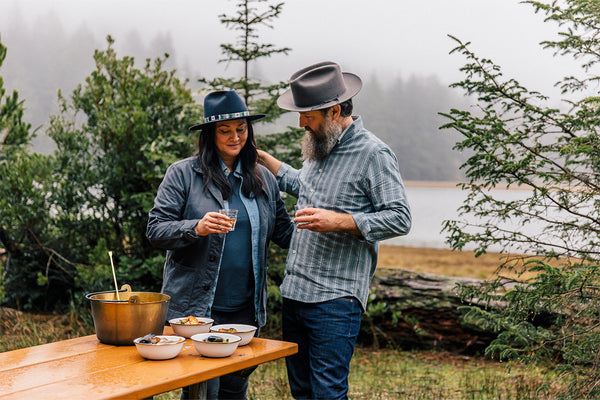
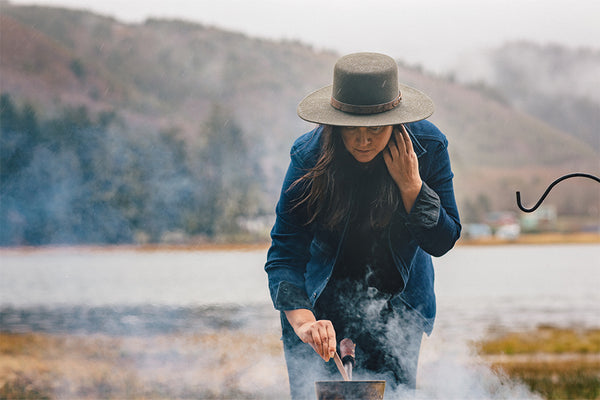
What inspires you most about cooking outdoors with open flame?
The magic of cooking outdoors over live fire is that it engages all of your senses—the crackle and heat of the fire, the fresh air and beauty of your surroundings, the hands-on cooking that demands your touch and full attention, the smoke and char that imbues the food with such bold and memorable flavors. Cooking with fire also means we can break free from the kitchen to create a meal almost anywhere, from meadows to mountaintops, fields to forests, on a beach or a riverbank, which in turn makes our meals a conversion of time, place and purpose. This kind of freedom coupled with intention inspires our creativity and fuels our dreams.
How would you describe your combined experiences and how they’ve come together for Tournant?
We were both raised by families that valued growing and eating good food and spending time outdoors in nature. In our youth, we worked in professional kitchens and then met while working at Portland Farmers Market, a nonprofit organization supporting the region’s small farms through organizing and promoting farmers markets. We bonded over our love of food and farms and began dreaming of a new way of cooking that would engage and inspire both us and our guests. Tournant was born out of our shared vision and values, as well as our commitment to working hand-in-hand with each other, the seasons, the farmers, ranchers, fishers, foragers and small producers that make our region such a glorious place to cook. Our secret weapon may be that we already knew how to work together as colleagues before starting our own dream business together—and that we adore what we do (and each other)! We’ve discovered that if you find something you love to do and the people you enjoy doing it with, then rather than being just work, it can become your life’s work.
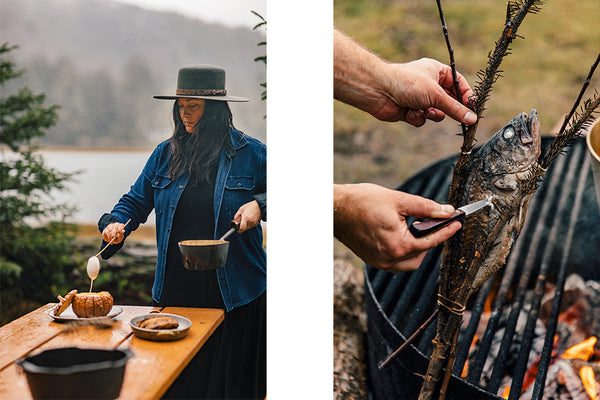
In your mind, what’s the most important part of a meal?
To us, the most important part about a meal is all the connections that are made around the table, whether that’s connecting to the people you’re sharing the meal with, the food on your plate and the hands that have grown or prepared it, your surroundings (especially when enjoying a meal outdoors in nature), or simply that shared moment in time with others that will never be repeated again.
What's next for Tournant?
We’ve always seen Tournant almost more as a living, breathing thing that shifts, expands and evolves along with our hopes and dreams, the seasons and the people who make up our team. The very definition of the French word ‘tournant’ is turning or revolving, and we hope we never stop seeking to define what we want to express in this world. Right now, we are most excited about sharing our craft with others. Whether through our curated outdoor dinners, digital cookbooks, or open fire cooking workshops and destination retreats, we just love connecting with fellow guests that love food, fire and nature as much as we do.
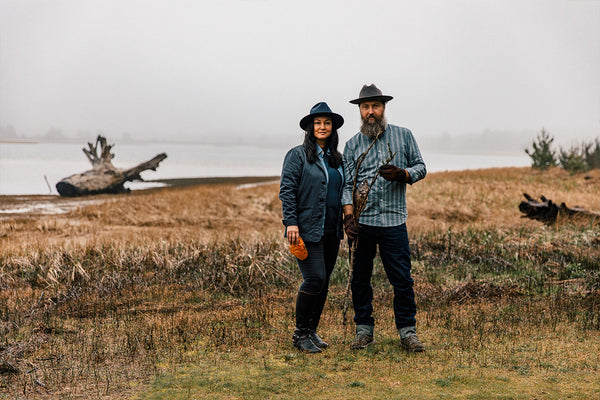
Follow the adventures of Jaret and Mona, aka Tournant,
at @tournantpdx and tournantpdx.com
Open Fire Pacific Northwest Shellfish Stew
by Tournant
While this tasty seafood stew is best cooked over an open fire, its rich, earthy flavors (with a hint of smokiness) can also be made right from the warmth of your kitchen.
Stew:
- 1 Dungeness crab, cooked and cleaned
- 1 lb clams, scrubbed
- 1 lb mussels, scrubbed
- 4 garlic cloves, thinly sliced
- 2 carrots, peeled, halved and sliced into half moons
- 1 small fennel bulb, chopped, fronds reserved for garnish
- 1 cup crushed tomato
- 1 cup dry white wine
- 1 qt burnt onion dashi (recipe below)
- Handful of picked Italian parsley leaves
- Extra virgin olive oil
- Sea salt
Burnt Onion Dashi:
- 2 medium yellow onions, skin on, split through equator to create 4 halves
- 1 4”x 4” sheaf of kombu (or equal amount of kombu in smaller dimensions)
- 3 qts water, divided, more as needed
- Sea salt
Make the dashi:
- Preheat large cast iron skillet over medium high heat.
- Place onions cut side down in hot, dry skillet and allow to cook without disturbing until deeply charred and blackened on the cut side.
- Transfer onions to a large ovenproof pot with a tight fitting lid. Add 2 quarts of water and bring to a boil over high heat.
- Transfer pot with lid to a 350 degree oven for a minimum of 1 hour and up to 3 hours (for a richer flavor), checking every hour to ensure onions are covered with liquid. Add water as necessary to keep onions submerged.
- Meanwhile, in a separate heatproof container, pour 1 quart boiling water over kombu and allow to steep for an hour. Remove kombu from container and discard, reserving the soaking water.
- Strain onion broth through a fine mesh strainer, pressing the solids to extract all the golden liquid. Combine with the reserved kombu dashi. Season with sea salt to taste.
Make the Stew:
- Prepare a fire using wood or hardwood lump charcoal and allow to burn down to hot coals.
- Separate crab legs from body and lightly smash shells for ease of eating. Pick the body meat, discarding the shells. Reserve crab legs and meat.
- Sort through clams and mussels, discarding any with broken shells or open shells that do not begin to close up when tapped on a hard surface. Debeard mussels right before cooking.
- Nestle a 4 qt Dutch oven into the coals.
- Add several glugs of olive oil to Dutch oven, then add garlic, carrot, and fennel. Cook, stirring often, until beginning to soften but not brown. If cast iron is too hot, remove some of the coals from underneath the pot, or move pot to a grill grate or shepherd's hook over the coals.
- Season vegetables with salt, then add tomato, stirring to combine. After tomato cooks down a bit, add enough olive oil to make the vegetables glossy and season with a bit more salt.
- Add white wine and allow to simmer away almost completely.
- Add dashi and bring to a simmer.
- Add all seafood to the pot and place lid on top.
- Simmer stew, lifting lid and stirring occasionally, until clams and mussels open and are cooked through. Taste broth and season with salt if necessary.
- Add parsley and reserved fennel fronds (if using) and drizzle generously with good olive oil. Serve in bowls directly from the Dutch oven with lots of crusty bread!
____________
Jaret Foster of Tournant shown wearing—
The Jack in Sky Blue Chambray
Mona Foster of Tournant shown wearing—
The Division Shirt in Indigo Twill
The Ojai Jacket in Washed Charcoal
The Ledge Shirt in Sun Bleached Chambray

